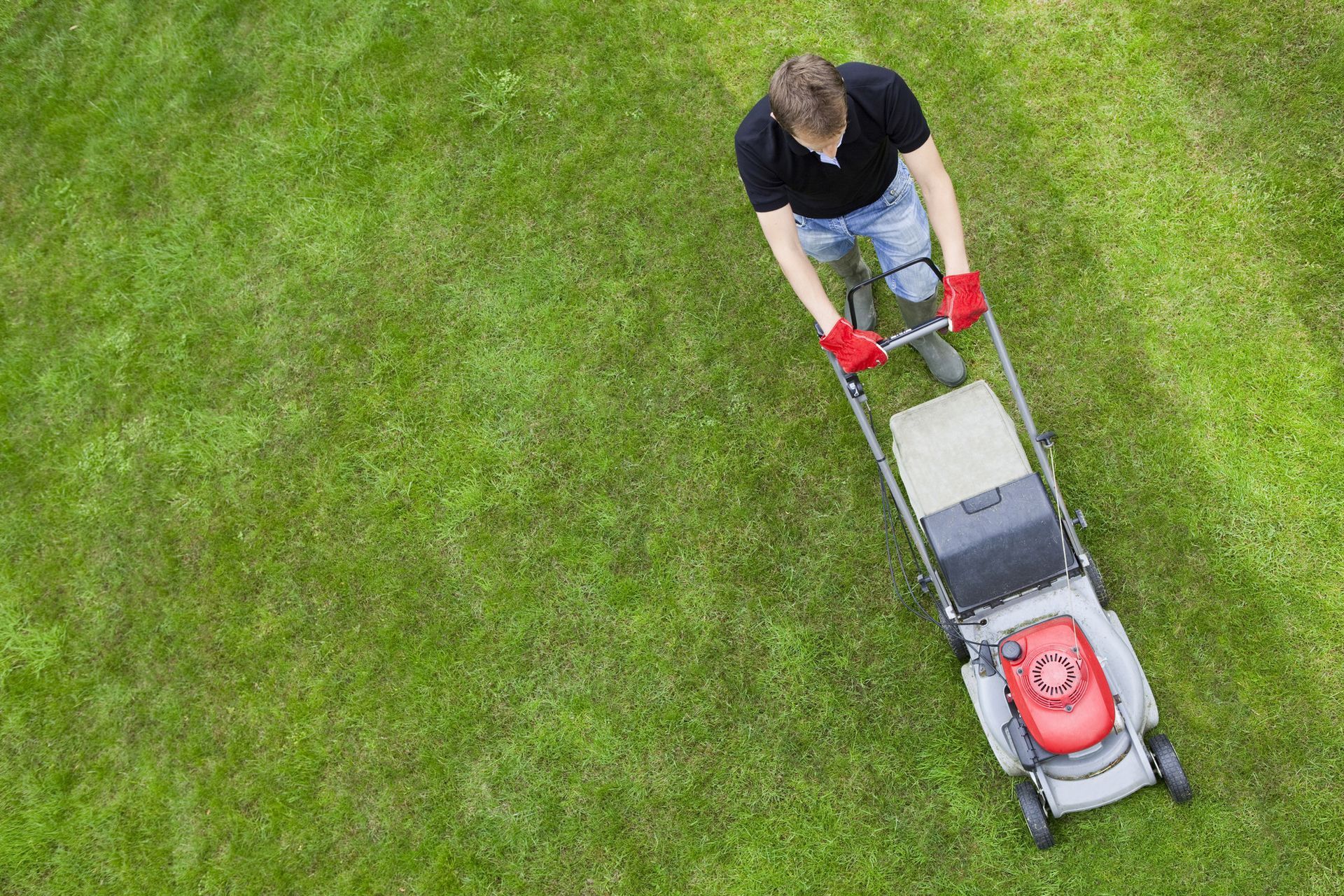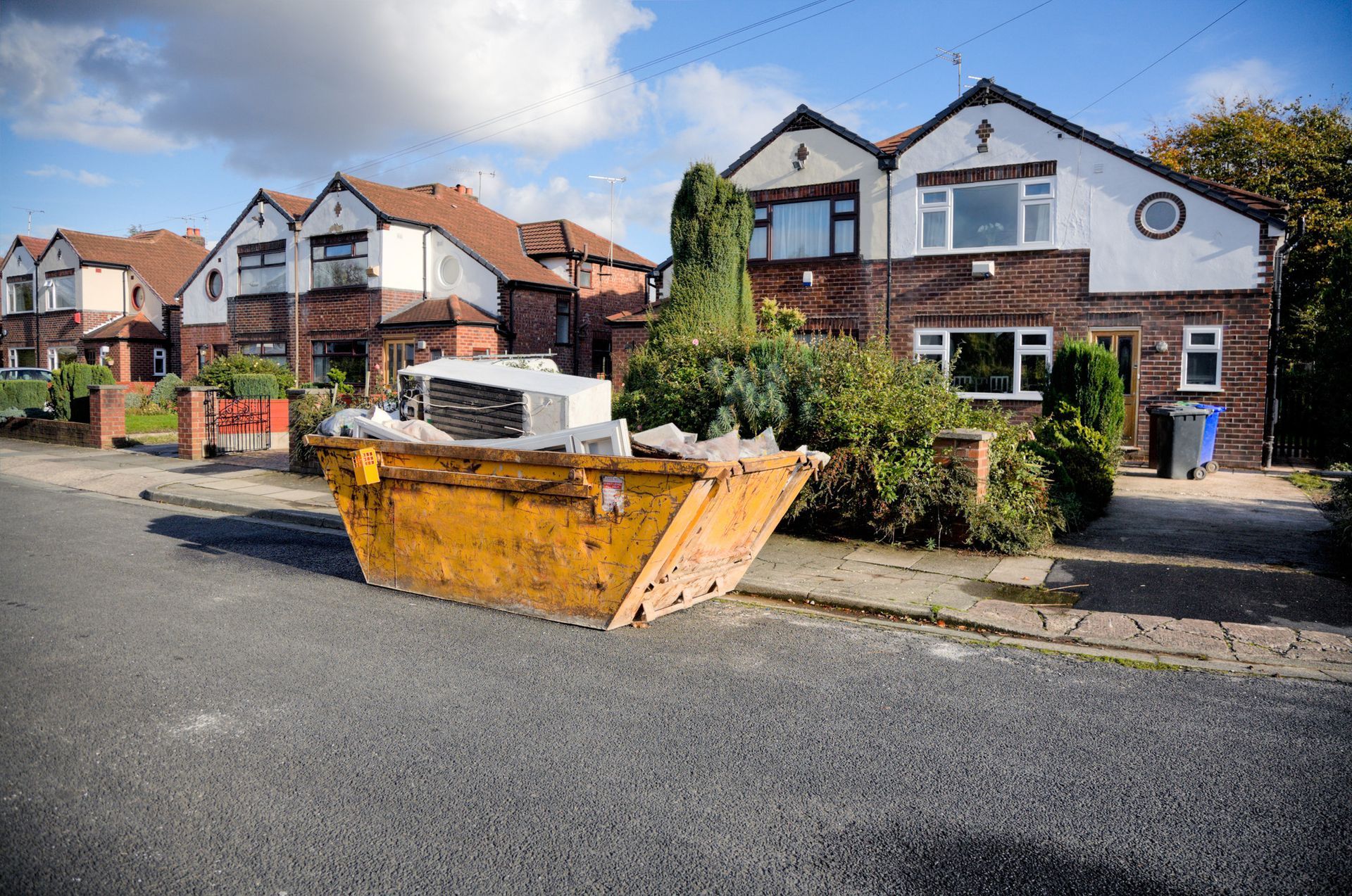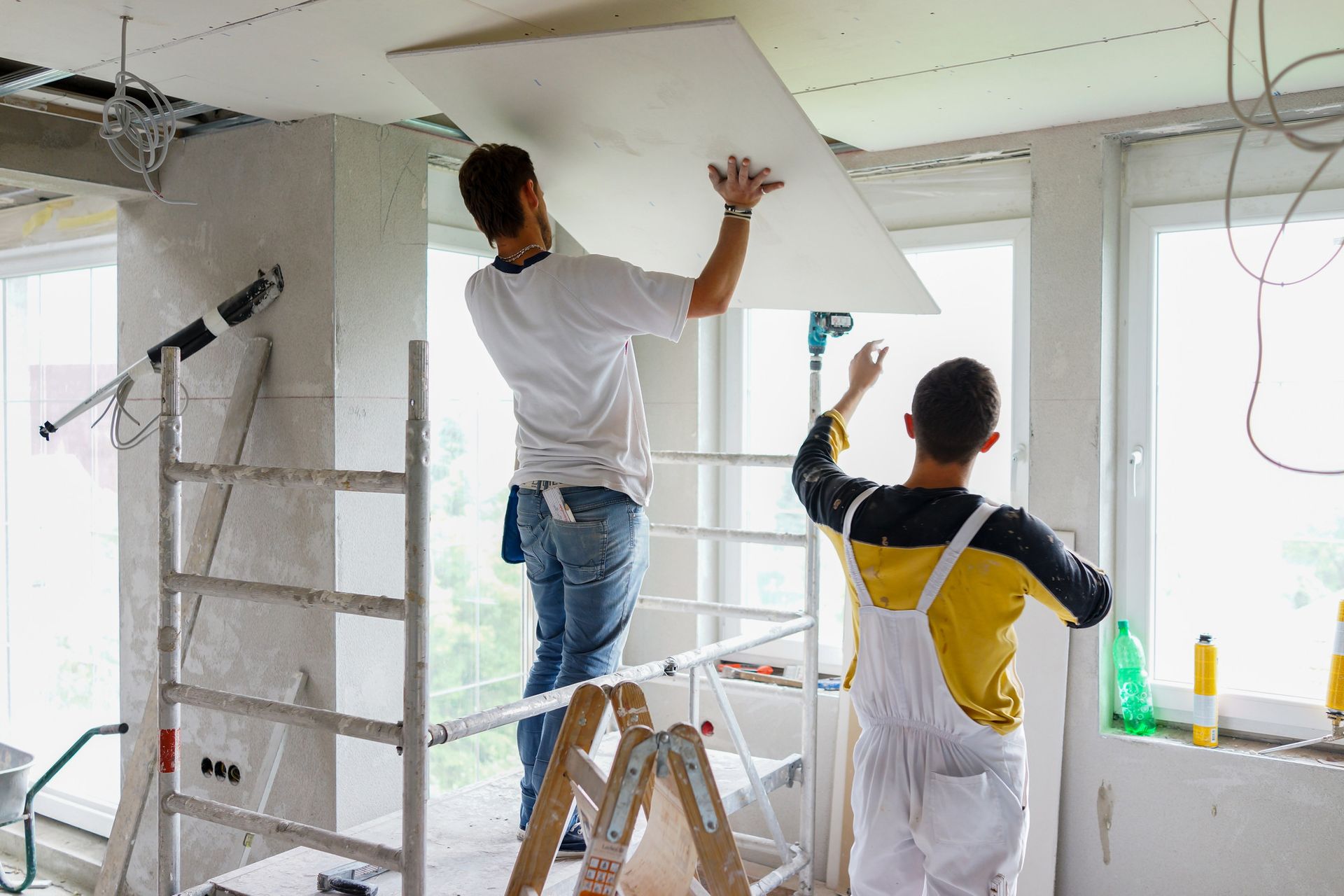Expert Reveals How to Create a Wimbledon-Worthy Lawn at Home

Wimbledon kicks off on July 1st and is expecting around 54.3 million people to be watching the matches this year. With that many eyes on the revered courts, it is understandable why Brits will be attempting to replicate their own Wimbledon-worthy lawn at home this summer. In the run-up to the biggest tennis event of the year, search demand for “how to make your lawn green” has increased by 85% over the last 14 days.
With this in mind,
gardening experts at
Yell have spoken to gardener and landscaper
Simon Akeroyd to find out how to achieve a Wimbledon-worthy lawn at home this season.
The most popular lawns in the world
Wimbledon is a quintessentially British event known for its lush green courts that have been meticulously groomed for 15 months before the championships. The Wimbledon Centre Court is one of the most famous lawns in the world thanks to its nine tonnes of grass seeds being planted every year with precision, and daily maintenance that helps create the Perennial Ryegrass courts we see today.
The most popular lawn in the world when looking at search demand is The Old Trafford Cricket Ground, with a monthly search demand of 8,000. Kensington Palace Gardens comes in second for the most popular lawn in the world, with a monthly search demand of 3,300. Taking third place is the Wimbledon Centre Court, which sees a monthly search demand in the UK of 2,200.
| Lawn | Monthly search demand |
|---|---|
| Old Trafford Cricket Grounds | 8,000 |
| Kensington Palace Gardens | 3,300 |
| Wimbledon Centre Court | 2,200 |
| Buckingham Palace Gardens | 1,600 |
| Augusta National Gardens | 1,400 |
| The White House Gardens | 100 |
| The Garden of Cosmic Speculation | 100 |
| Garden of Versailles | 70 |
| The Wicket Lords Cricket Ground | 10 |
| Sheep Meadow | 20 |
Creating the perfect Wimbledon green
After a long 15-month process to create the perfect lawn for Wimbledon’s Centre Court, the grass is maintained daily to ensure the court wear and surface hardness are up to standards, as well as to help keep that famous green colour we all know and love throughout the season. Experts at Yell have identified the exact Pantone colour code of the Wimbledon Centre Court: Pantone 349 C.
When asked how to keep your lawn as green as Wimbledon’s Centre Court this summer, Gardener Simon Akeroyd advises:
“The key to keeping your lawn green this summer is to keep it regularly watered/irrigated. Watering in the evening is the best time as the water has a chance to soak into the ground overnight instead of evaporating in the midday sun.”
How to create a Wimbledon-worthy lawn at home
The greenkeepers at Wimbledon work tirelessly all year round to ensure the courts look 100% for when the games begin. If, when looking at your lawn at home, you are envious of that perfect green crispy grass, you may want to try following these tips and tricks from our expert gardener Simon Akeroyd to get your very own Wimbledon-worthy lawn at home this summer.
1. Caring for your lawn in hot weather
Over the years, Wimbledon has been graced with blazing hot summers, with July 2023 recorded as the hottest on record in the last 10 years - but despite this, the courts at Wimbledon always seem to stay looking fresh all season long.
When asked about the best ways to care for your lawn in hot weather, Simon says: “As the summers heat up, make sure you are watering your lawn occasionally in extremely dry periods. There is no need to do it every day unless you intend to play tennis or golf on it. Remember that it is possible to overwater your lawn, which will cause the soil around the roots to become anaerobic. This starves the area of much-needed oxygen, which causes the grass to stop growing.”
Simon warns that the most common mistake made when it comes to caring for your lawn in the summer is “mowing during exceptionally dry weather.
If your lawn is already looking dry, avoid mowing altogether. It just stresses out the lawn and causes it to die back and go even browner.”
2. How to mow your lawn like Wimbledon
While Wimbledon’s Centre Court is hand-weeded and mowed daily to a set height of 8mm, this isn’t always feasible at home. However, Simon Akeroyd has an easy-at-home tip to recreate the Wimbledon look in your own back garden.
“The greenkeepers at Wimbledon will use special cylinder mowers with a roller on the back to provide the strips. By walking in a straight line, alternatively up and down the length of your lawn, with the roller on the back, will give you those much-desired stripes. Most people don’t have a cylinder mower, but a rotary mower with a roller on the back will also give you lovely stripes.”
3. How to fix a patchy lawn
Even with regular maintenance, sometimes lawns can suffer from surface thinning and patchiness, and occasionally even holes will form.
If you notice this happening, Simon has advised:
“Sowing seeds for small patches is a cheap and efficient way to fix any patches in your lawn. The best time to do this is late summer / early autumn, or in the spring, as they will require less watering. However, you may need to protect grass seed from birds.
You will get faster, more instant results if you lay turf down over the patches. However, this does require more watering if the weather is dry, which is more expensive.”
4. Preparation and maintenance
A great lawn in the summer is nothing without prior preparation and proper maintenance. Ensuring your lawn is Wimbledon-worthy starts far before the tennis season kicks off.
Akeroyd advises:
“Keeping a good, healthy-looking lawn is all about preparation. Carry out repairs, overseeding, aerating, scarifying, and feeding in the autumn, and your lawn should look after itself for the rest of the year and flourish in the summer. In addition, leave some areas of your lawn longer to encourage wildlife. You will be amazed at how many beautiful wildflowers will appear if you aren’t cutting your lawn once a week.”
Following a garden lawn checklist
The standards of Wimbledon’s Centre Court lawn are hard to beat, but by following this expert-approved checklist this summer, you can create your very own Wimbledon-worthy lawn at home that will stay fresh and green all season long. If you are unsure of where to start, contact your
local gardening expert for advice.
About Yell
Yell Ltd exists to connect businesses and consumers via its leading marketplace for local services and offering managed digital marketing helping businesses to find, connect and sell to consumers online. Yell Ltd is a proud Google Premier Partner, Microsoft Advertising Elite Channel Partner, and Meta Business Partner.
Learn more at https://business.yell.com and our Media Centre
Visit our social media channels: Facebook, Twitter, LinkedIn, Instagram
Download the free Yell consumer app from the App Store or Google Play
Download the free Yell for Business app from the App Store or Google Play
For media enquiries, please email: press.enquiries@yell.com







